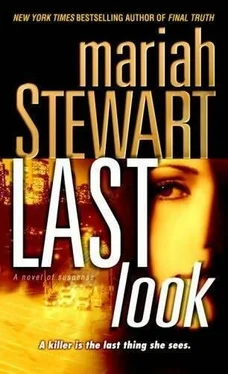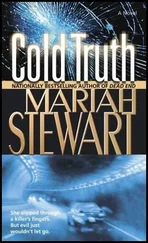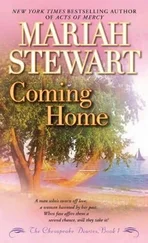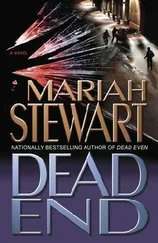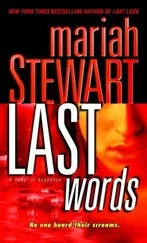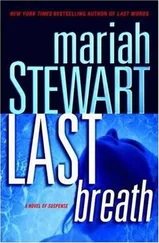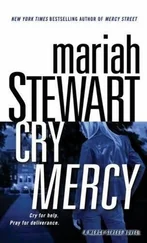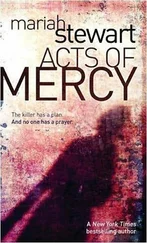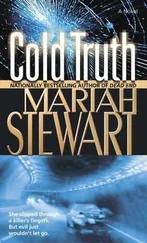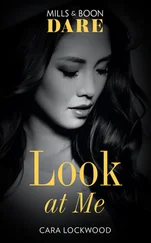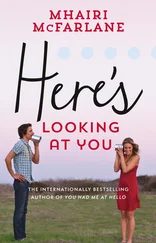“Why did she do what?”
“Cut herself.”
Dorsey shrugged. “Something in her life was hurting her. She cut herself, bled away the pain.”
He stopped at the red light at the corner. From the corner of his eye he was watching her face. There was a lot he wanted to know, but wasn’t sure how to ask. He figured he’d just toss it out there and see what he caught.
“You know, I’ve read about it, but I don’t understand. How does causing pain make pain go away? The cutting hurts more than whatever the other pain is?” he asked.
“It’s really not quite that simple.”
“Then explain it to me.”
“Girls who cut themselves-and it’s almost always adolescent girls, by the way-mostly they’re afraid. The fear is real, generally speaking, not imagined, and usually follows some type of trauma. Could be physical, could be emotional.” Her voice was oddly detached. Andrew tried to see her eyes, but she turned her face to the window. “Could be anything from abuse, incest, parental divorce or death, to fear of being inadequate, of being alone, of being a disappointment to her parents in some way.”
“Sounds like the same things you read about that cause eating disorders,” he noted.
“Many kids who cut are anorexic or bulimic. Not all, but some.”
“So how does one of those events-say, the girl’s parents announce they’re getting a divorce-lead to the kid picking up a razor blade and slashing her arms or legs?” The light turned green and he proceeded to make a left turn.
“It’s a means of seeking relief,” she said flatly. “It allows the cutter to control the pain.”
“Is it a prelude to committing suicide?”
“No, no. Cutting rarely leads to suicide. It’s a temporary solution to a traumatic situation. Suicide is permanent.”
“But isn’t it a cry for help, like an attempted suicide might be?”
“No. If you attempt suicide with the intention of failing, you’re hoping someone stops you so that you can get help. A lot of those kids-adults, too-know they need help but don’t know how to ask. Most cutters, on the other hand, go to great lengths to hide it, even from their friends. They hide the scars, they hide whatever implement they use. It isn’t always a razor blade, by the way, though that certainly is a popular choice. They don’t talk about it. Cutters don’t want to be caught. It’s a sort of self-medicating, if you could think of it in those terms.”
Andrew reflected on this as he drove. He’d already noted that Dorsey had been wearing shirts with sleeves that rolled to the elbow, or T-shirts with elbow-length sleeves, and thick silver bracelets each time he’d seen her. Was she hiding scars of her own?
The thought of Dorsey slicing into her flesh to relieve some greater pain unexpectedly made his heart hurt. He pushed it aside and turned his focus back where it belonged, on the case.
“So you think Shannon had some trauma as a child?”
“I’d bet on it.” Dorsey turned back to him; she, too, all business again. “Something happened to make her need to take control, so she did, years ago. Judging by the number of scars I saw on her arms and legs, I’d guess that she continued this behavior into her late teens, maybe her early twenties, before she was able to come to grips with whatever was behind it, and she was able to stop. Except for the fresh cuts, most of the scars appeared to be at least ten years old or better. Then recently, I suspect something happened that brought it all back, and once again, she coped by cutting.”
“You think whatever happened that caused her to start cutting in the first place, happened again lately?”
“I think that whatever had been hurting her as a child, was hurting her again-or threatening to hurt her again. Yes, I do.”
“Guess that’s a conversation to have with the family.”
“If they knew.”
“If your daughter was into self-mutilation, don’t you think you’d know?” he asked.
“Yeah, I’d know.” She nodded. “But sometimes the source of the pain is unaware of the means the child takes to alleviate it.”
“So in other words, the source of the pain could be something or someone in the family?”
“It almost always is,” she said simply. “There’s the sign for I-95. Take a right.”
He followed the signs and merged onto the interstate. They rode in silence for a while, then he asked, “So how do you think it’s going to go with the Randalls?”
“Probably not very well.” She closed her eyes and moved the seat to a slightly reclined position. “For one thing, we represent the same agency that concluded Shannon had been murdered twenty-four years ago. Christ, if any of them knew my father was the one who investigated this and was instrumental in charging Eric Beale, in concluding she’d been murdered…”
“From what I’ve read, everyone back then came to the same conclusion. It wasn’t just your father. The locals asked the agency to come in because they believed Shannon had been killed, and they’d had very little experience dealing with homicides. There was nothing in the Bureau file or in the Hatton police file that indicated anyone had given any thought to any scenario other than Shannon ’s murder.”
“Mistake number one, then, and don’t you wonder why? If no one had considered that Shannon had been abducted, or that she’d run away, then there were never any leads pursued that led anywhere other than murder.” She made a face. “If there was anything to be found back then, it’s going to be a million times more difficult to find it now. It’s just so unlike my father to jump to a conclusion without considering every possibility.”
“You don’t know for certain that he didn’t, so let’s not make that assumption. That’s one of those things you might want to ask him. Someone must have steered him in that direction. In the meantime, I think we’re going to have to take another look at the evidence they did have, maybe reevaluate it.”
“What evidence was there?” She counted off on the fingers of her left hand. “They had Beale’s shirt covered with Shannon ’s blood. Her assignment book was found in his car. They had his admission he’d driven her to the park where she cleaned up, and they found the bloody paper towels in the ladies’ room there. They couldn’t find anybody who saw Shannon after Beale said he dropped her off, but somebody saw Beale driving Shannon out of town around seven, according to the file I looked at last night. There were no other sightings of this girl. The evidence shows she got into Beale’s car and was never seen alive again.”
“Well, not in Hatton, anyway,” Andrew added. “And you have to admit that all seems to point to Beale.”
“What are the chances he drove her someplace, helped her to run away?” Dorsey suggested.
“You’d think he’d have said something back then, when his life depended on it.”
“Suppose Shannon convinced Beale that something terrible was happening to her at home, that she had to run away, and he helped her.” Dorsey considered the possibility. “He was her friend, maybe she made him promise not to tell.”
“Promise or not, he would have spoken up,” Andrew insisted. “No matter how good a friend he was, no way would that kid have kept his mouth shut if it meant being executed.”
“You’d think.” She sat quietly again for a while, then asked, “So you’ve read the Bureau’s entire file?”
“Yes.”
“Fill me in on everything. I’ve only read bits and pieces.”
“Where would you like to start?” A light rain started to fall and he turned on the wipers.
“Start with the family. I remember seeing a picture of the four girls in the newspaper back then. Shannon was the second youngest, I think.”
Читать дальше
